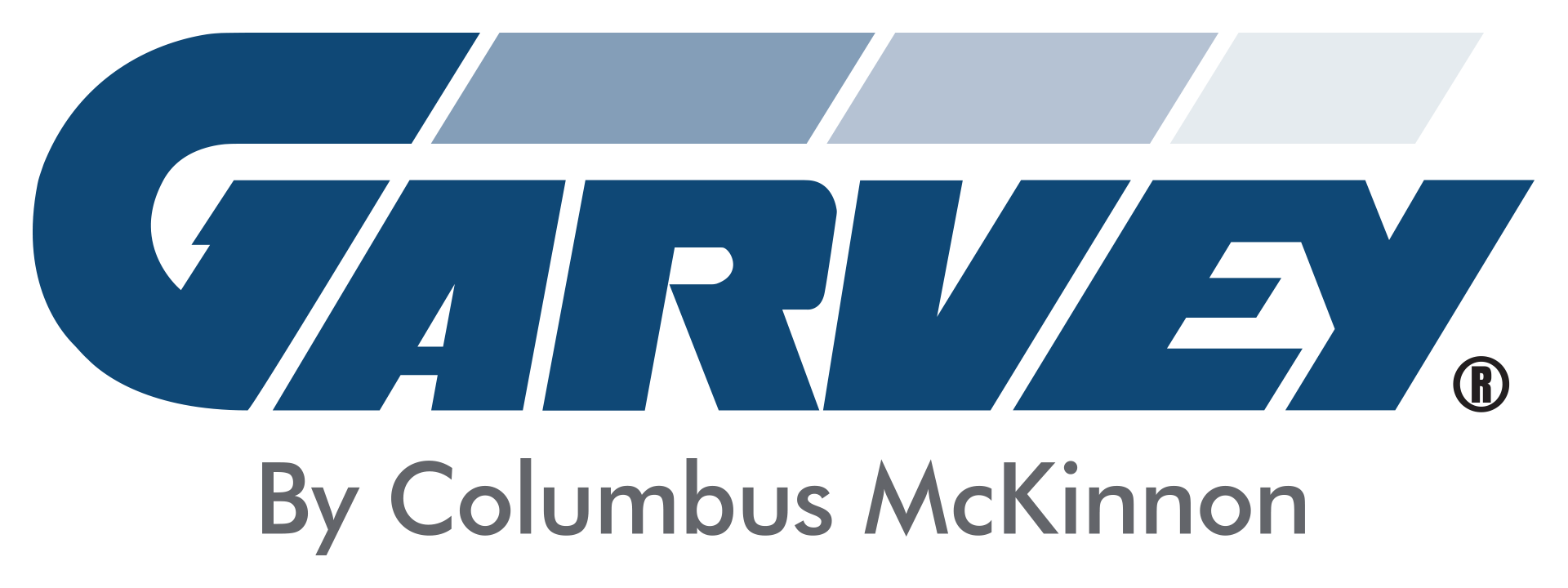In previous posts, we discussed kaizen (continuous improvement) and how to implement it in your workplace. Continuous improvement focuses on small gradual changes that add up to impressive results. There is always room for improvement, so organizations should consider continuous improvement an ongoing process.
For continuous improvement to work, it needs buy-in from the entire organization. Leaders can show the way, but everyone must be involved in the process, according to Lean. There are various continuous improvement methodologies, but Lean is the one most used in manufacturing.
Remember, Lean works as a continuous improvement framework to increase value for customers and stakeholders by reducing waste and increasing efficiency.
The unused creativity of team members is one of the eight waste classifications in Lean. When an employee’s time, ideas, skills, and experience aren’t fully utilized, the team has wasted opportunities to learn, grow, and create creative solutions to address their challenges.
In Lean and continuous improvement, it’s essential for all employees to feel empowered and respected by their management through listening, training, and feedback. When workforces feel engaged with continuous improvement and can speak up, manufacturing organizations often see more production and collaboration with fewer accidents and turnover.
How Does Continuous Improvement Encourage Employee Engagement?
Feedback loops are built in continuous improvement frameworks to identify challenges and test and implement solutions. The entire workforce, from the floor to the office, must be involved to measure success, as different teams and departments will have different workflows, tools, and procedures to align their workstations with their needs best.
But significant changes usually take time to happen. At Garvey, we started small as we worked towards building a culture of continuous improvement and maintaining a 6S Lean workplace.
- It started with a few managers setting up simple task lists and shadow boards to help them lead and organize their teams.
- As those started working, we implemented a series of inspection sheets with checklists and communication boards.
- We now have a complete autonomous digital system that enables users to track and assign tasks throughout the process.
Employees started to take notice of our Lean initiatives and got more involved. Some participated in weekly meetings with management to discuss new ideas and ensure department goals were aligned with the overall team. Others brought up ideas to their managers or helped implement requested department changes.
As safety, productivity, waste reduction, and overall innovation improved, we adopted broader ideas and methodologies to foster sustainable growth and enhanced customer value. More employees offered new ideas and collaborated with their managers and co-workers on ways to improve their roles and workplace.
Today, all Garvey departments continually look for ways to increase safety, reduce waste, and improve innovation. Lean Manufacturing is a constantly evolving process with infinite room for improvement. As our business grows and changes, so must we and our processes.
Our feedback circles and input systems enable all staff to participate in continuous improvement and cultivate new ideas to promote growth and company pride. We track success and failure through various methodologies to ensure we are constantly measuring the results of our improvement efforts.
New employees are trained on our Lean principles and core values to familiarize them with our code of ethics. Once the employees begin training in their department, they are introduced to the general use of Lean within the company and a more detailed review of Lean within their department.
How to Get Your Employees Involved in Continuous Improvement
Start with Communication and Trust
Create an environment where employees feel safe and comfortable sharing ideas, concerns, or suggestions. It is up to managers to encourage open communications and identify strategies to connect with employees on continuous improvement.
Show how continuous improvement can help employees in their roles and create new opportunities for them, their teams, and the company. Celebrate wins and losses as learning opportunities and help employees understand how their contributions, even small at first glance, can make significant improvements.
Regularly solicit feedback and show how that feedback is used in your decision-making. You will likely get more buy-in and participation by enabling employees to speak and feel heard.
Lead by Example
At Garvey, some managers and essential staff took the ball and led the Lean initiative by installing shadow boards and creating checklists. They met regularly and assessed improvements to measure success.
As employees started to see changes, they got more involved and brought their own ideas to their managers. And the managers implemented their ideas, which empowered employees to do more.
When management leads by example, employees will see the positive benefits from continuous improvement and Lean methodologies and typically follow suit. And when they do, acknowledging and rewarding their efforts can springboard engagement. This could be done through rewards, new responsibilities, and other incentives.
Commit to Training and Cross-Functional Collaboration
Provide employees with the tools, knowledge, and skills they need to participate in your continuous improvement efforts. This starts with new employee onboarding and training them on your Lean principles and operating procedures. All employees should be able to improve their skills and education and access resources needed for improvement projects.
When improvement projects are designed and assigned, encourage collaboration from different departments to promote cross-functional learning and help employees understand how they fit within the organization’s Big Picture. As they learn more about their role and how to interact and work with others, they will be better able to recommend practical improvements.
We hope our story and recommendations have shown you how to implement continuous improvement efforts within your organization. Small changes can lead to significant results, and it all starts with getting universal employee participation. It may not happen overnight, but in our experience, the benefits are worth it.




